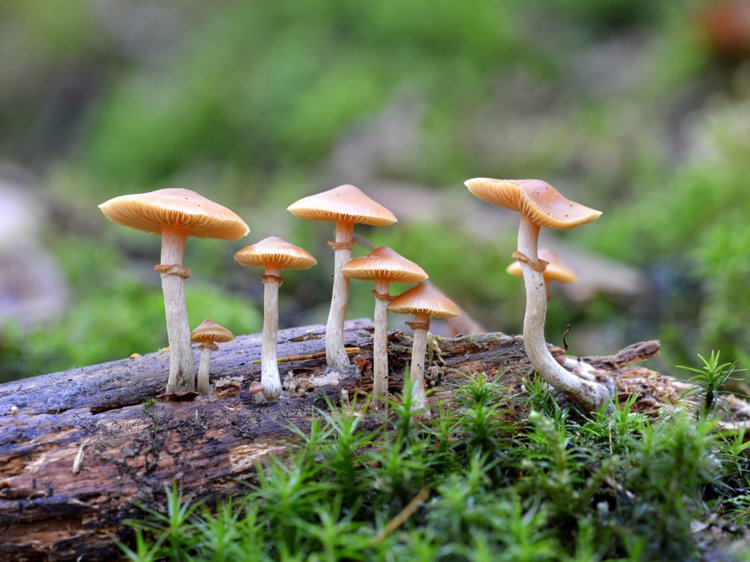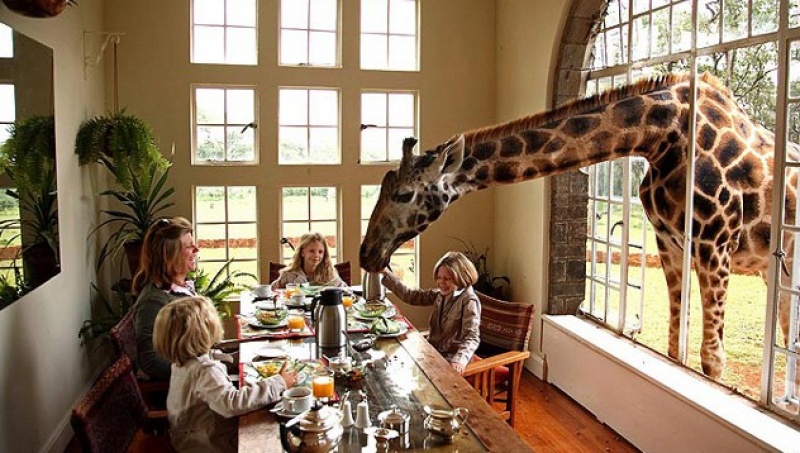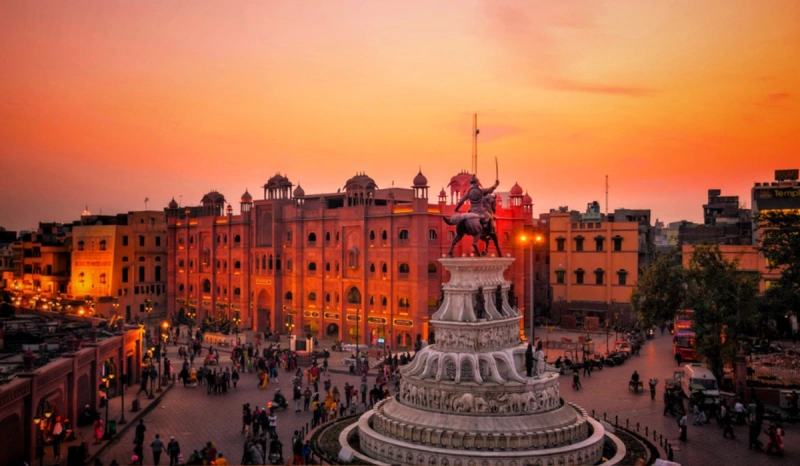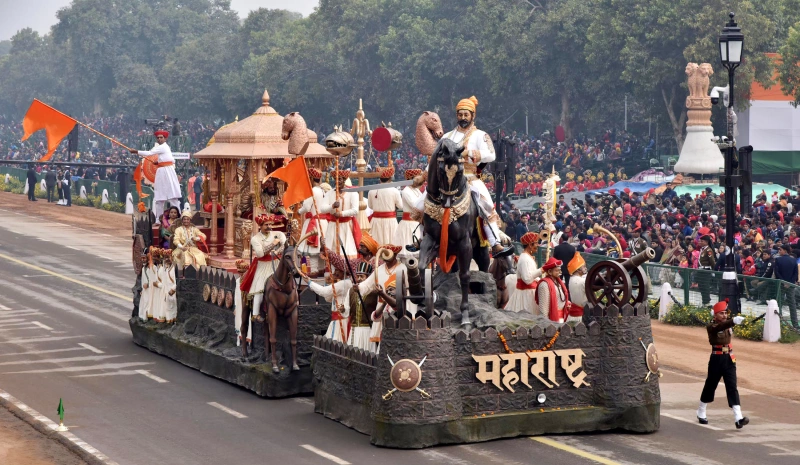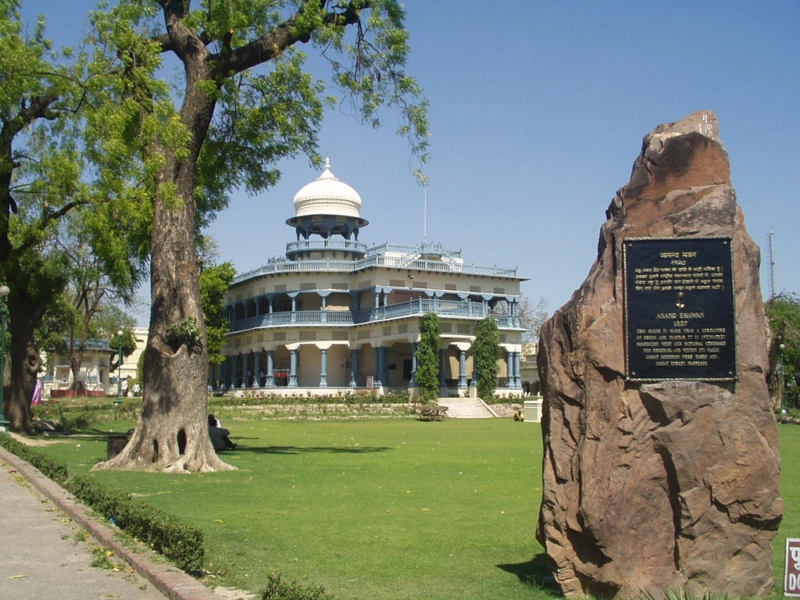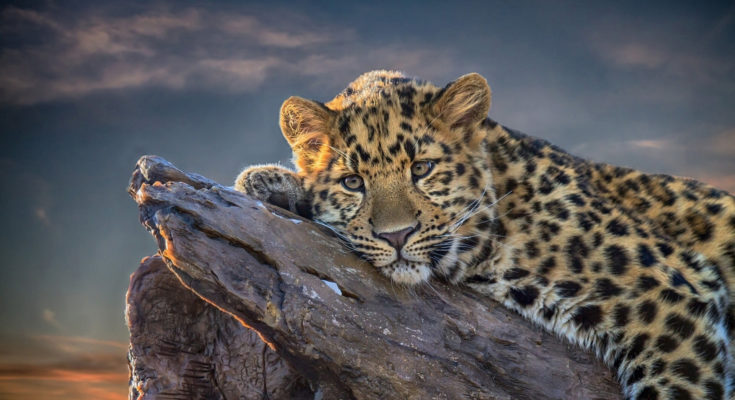
India loses 106 leopards in 2 months
106 leopards have died since January in forest areas across the country. Conservationists and officials said this is an alarmingly high number for the vulnerable feline species in the country. As per the data compiled by the Wildlife Protection Society of India, the total number of deaths was due to poaching which is evident from the seizures of leopard hides and other body parts. Out of 106, only about 12 big cats have died a natural death. Uttarakhand has topped the list with 24 leopard deaths followed by Maharashtra which has 18 and Rajasthan with 11.
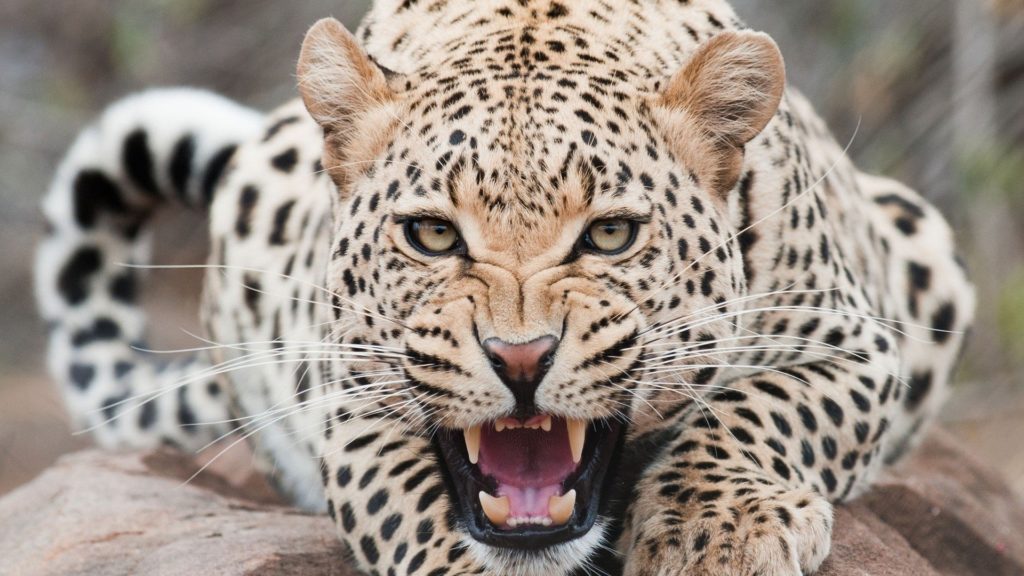
Based on official records, 431 leopards died in 2017 which included 159 incidents of poaching. About 450 big cats died in 2016 and 127 out of them were found poached. Leopards have been targeted by poachers for the expensive hides and other body parts. However, farming caused habitat loss which posed a new threat to them. An animal skin changes lots of hands before it reaches a possible market in China where it can fetch around INR 50 lakh and higher. For a poacher in India, the skin can sell for about INR 3-4 lakh and it reaches a trader in Nepal or one of the neighboring countries where it is sold for INR 8-10 lakh. The traders in Nepal then smuggle the animal hide to China which is considered the hub of black-marketing.
Experts say there are 10 possible causes for leopard deaths. Out of 106 leopard deaths in the year, 36 showed no clarity on the cause. There were 23 cases of seizure of hide, claws and skulls. However, there were 18 cases of clear poaching and the clarity on the same comes because there are signs of gunshot wounds or trap marks found on the body. Eight leopards died in train or road accidents this year while five were killed by villagers. Seven were killed due to fighting with other leopards and five were killed by tigers or other animals. This number is unusually high and such large scale killing or mortality in such a small span of time is never noticed. It is a bad start in terms of wildlife conservation. The Indian leopard is listed as vulnerable on the International Union for Conservation of Natures Red List.


